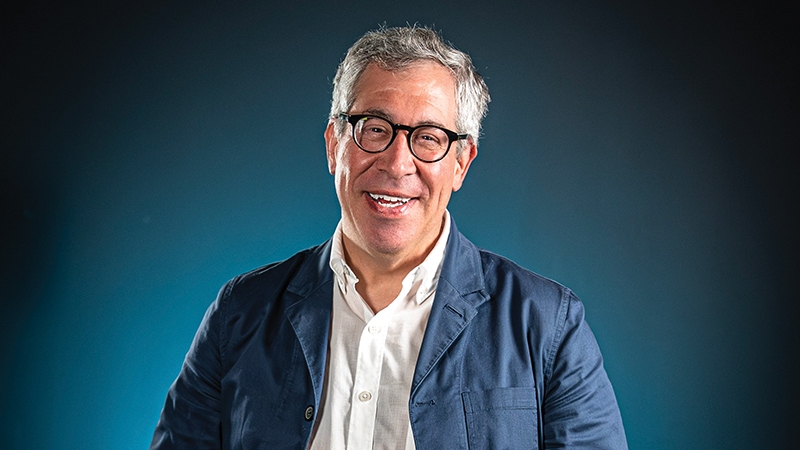Building Technologies That People Actually Use

Paul Gaffney is chief digital officer with Omni Logistics, a provider of multimodal logistics solutions and supply chain services.
RESPONSIBILITIES: Defining and executing Omni’s digital strategy and digital transformation initiatives.
EXPERIENCE: Chief technology officer, Kohl’s and DICK’S Sporting Goods; senior vice president, The Home Depot; chief operating officer, Desktone; executive vice president, supply chain, and chief information officer, Staples; senior vice president, technology, Charles Schwab & Co.; chief executive officer and president, Website Pros; executive vice president, Office Depot; multiple director positions.
EDUCATION: Harvard University, graduate work, psychology; Harvard University, A.B., computer science.
I have spent the past decade with large retail companies and played key roles in helping them modernize their approaches to technology. My biggest insight? Businesses need to build their technology for the actual end users, such as customers and frontline associates.
As an example, at one company, we designed an order picking system. But when we observed the best pickers, they didn’t use the system. The people who should have been using the system were ignoring it and had figured out a better way to complete their tasks. It takes some humility, but you come to grips with the idea that maybe we should stop building systems this way.
Enterprise technology often is built for people who spend most of their lives in offices. When you focus on the needs of frontline workers and customers, you end up building software that people actually enjoy using.
I’m bringing that mindset to Omni. My team and I want to understand, for instance, what drivers actually do. How much of what we’re asking them to do makes their life easier? Or do they get their work done, and then figure out how to get it reflected in the system? I’ll be taking some truck rides to find out.
Omni is good at moving physical goods across every mode. We have smart people working to understand our customers’ needs and figuring out the best mode for their shipments.
My team and I want to do more combining of smart people and smart algorithms. This might mean analyzing, for instance, current traffic versus historical patterns, among other factors, to come up with more scientific predictions of actual arrival times. There’s a lot of opportunity in the transportation and logistics space to apply more predictive science.
I’ve always been interested in software and how it can make things better. Then I became interested in what makes people tick. The intersection of those is operations.
For one employer, I advocated for and then ran a large supply chain transformation. It turned out to be less about the correct answers to optimizing the supply chain, and more about changing participants’ hearts and minds and getting them oriented to a different view of success.
The first step is building tools that help the people doing the work, rather than focusing on a theoretical best practice.
The second step is figuring out if everyone is working toward the right goal. Complex supply chains encompass many links and each has its own idea of operations excellence.
People understandably take pride in their personal performance and often gravitate toward siloed metrics. You have to win their hearts to get them to think about the bigger prize.
Too often, there are conflicts between the best outcome for a single link in the supply chain and the best outcome for the whole supply chain.
I’m excited because Omni Logistics does a great job for our customers and it’s a great place to work. Being more effective at digital optimization offers all upside. It’s great to say, ‘Everything can actually be better.’”
Paul Gaffney Answers the Big Questions
1. From a professional perspective, what movie or TV show resonates with you?
Holmes on Homes or Holmes to the Rescue on HGTV. The host, Mike Holmes, understands how a house should be built, and he’s often called into situations where you wonder, ‘How did this happen?’ The same thing happens a lot with software.
2. If you could accelerate the development of one supply-chain-disrupting technology, what would you choose?
A Star Trek transporter beam would be super effective. The more serious version of that would be advances in 3D printing. Instead of shipping goods, we’d make them where they’re needed. It’s largely in the movement of goods that things get chaotic.
3. What would you tell your 18-year-old self?
Spend more time understanding how people make decisions and less time figuring out what the right answer is. Even when the answer is in the spreadsheet, implementing it often has more to do with understanding people.
